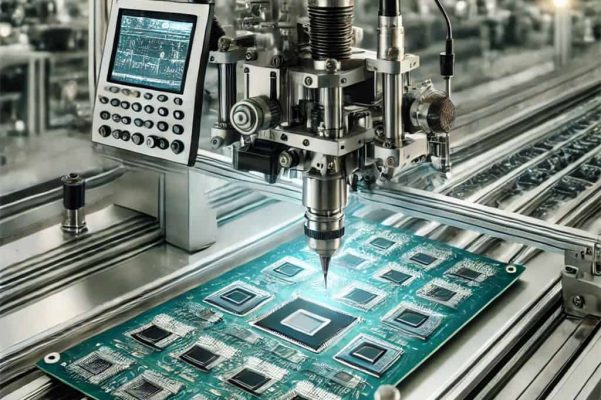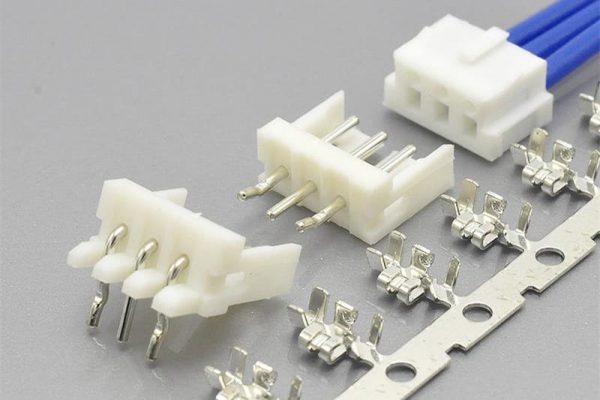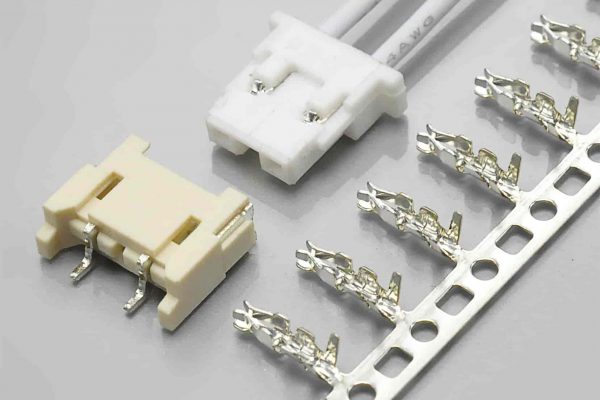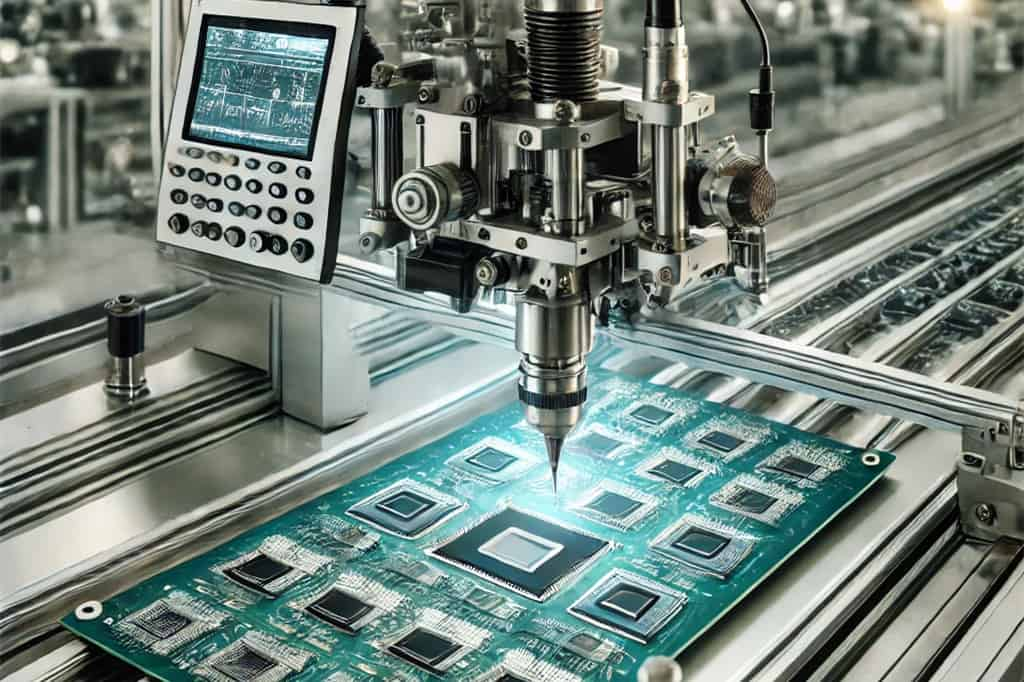At Konnra, we understand that choosing the right packaging technology for your electronic designs can feel like a daunting task. Whether you’re deep in the world of connectors and harnesses or just getting started, the decision between DIP connectors (Dual Inline Package) and Surface Mount Technology (SMT) is one that can make or break your project. Each option comes with its own set of perks and challenges, and our goal is to help you navigate these choices with confidence. In this blog, we’ll break down the basics of both technologies, highlight their key advantages, and guide you through application scenarios and a cost-benefit analysis. By the end, you’ll have a clearer picture of which path aligns best with your design needs—because at Konnra, we’re not just here to sell connectors; we’re here to ensure your projects succeed from start to finish.

1. Working Principles of DIP Connectors and SMT
DIP Connectors:
DIP connectors are a classic packaging method where the electronic component has two parallel rows of pins (or legs) that are inserted into holes on a printed circuit board (PCB). These pins are then soldered to the PCB, providing a secure and stable connection. The design of DIP connectors allows them to be easily inserted and removed, making them ideal for applications where components need to be frequently tested or replaced.
SMT (Surface Mount Technology):
SMT, on the other hand, is a more modern approach where components are mounted directly onto the surface of the PCB. Instead of inserting pins into holes, SMT components are soldered onto the surface pads of the board. This method eliminates the need for drilling holes in the PCB, allowing for a higher density of components and smaller, more compact designs.
2. Advantages of Each Technology
Advantages of DIP Connectors:
Ease of Use: DIP connectors are straightforward to use, especially in prototyping and testing stages. Components can be easily inserted, removed, or replaced without specialized equipment.
Mechanical Strength: The through-hole nature of DIP connectors provides strong mechanical bonds, making them ideal for environments where the device might experience mechanical stress or vibrations.
Heat Dissipation: DIP connectors often have better heat dissipation due to the larger physical size and the additional surface area provided by the pins and through-holes.
Simple Manual Assembly: For small-scale production or DIY projects, DIP connectors are easier to work with as they don’t require the precision placement machinery that SMT does.

Advantages of SMT:
Space Efficiency: SMT components are much smaller than their DIP counterparts, allowing for more components to be placed on a single PCB. This is crucial in modern electronics, where space is at a premium.
High-Speed Production: SMT is compatible with automated assembly processes, making it ideal for mass production. Machines can place thousands of SMT components on a PCB in minutes, greatly reducing production time and cost.
Improved Electrical Performance: SMT components have shorter lead lengths, reducing the parasitic inductance and capacitance, which results in better performance at high frequencies.
Lighter Weight: SMT components contribute to a lighter overall product, which is beneficial in portable electronics and applications where weight is a critical factor.
3. Application Scenarios and Technology Selection
Choosing between DIP connectors and SMT largely depends on the specific requirements of your project. Here are some typical application scenarios for each:
DIP Connectors:
Prototyping and Development: DIP connectors are often the go-to choice in the early stages of development. They allow for easy swapping of components, which is valuable when testing different circuit configurations.
Industrial and Automotive Applications: In environments where durability and mechanical strength are paramount, such as in industrial machines or automotive electronics, DIP connectors are preferred due to their robust connections.
Educational and DIY Projects: For electronics enthusiasts, hobbyists, and educational purposes, DIP connectors are easier to handle without the need for advanced equipment, making them ideal for small-scale projects.
SMT:
Consumer Electronics: Devices like smartphones, tablets, and laptops all rely heavily on SMT due to the need for compact, lightweight, and densely packed circuits.
High-Frequency Applications: SMT is preferred in high-frequency circuits, such as RF (Radio Frequency) modules, where minimal lead length is crucial for performance.
Mass Production: When producing electronics on a large scale, SMT is the standard due to its compatibility with automated assembly lines, which reduces production time and cost.

In some cases, a combination of both technologies might be the best solution. For instance, in a complex design, you might use SMT for the majority of components to save space and DIP connectors for specific parts that require frequent testing or replacement.
4. Cost-Benefit Analysis
Understanding the cost implications of each technology is essential for making the right choice for your project.
Cost of DIP Connectors:
Material and Manufacturing Costs: DIP connectors generally have higher material costs due to their larger size and the need for through-holes in the PCB. However, the manufacturing process can be less expensive for small batches or prototype runs since it doesn’t require advanced machinery.
Assembly Costs: Manual assembly of DIP components can be time-consuming and labor-intensive, but it’s feasible for small-scale production or prototyping.
Maintenance Costs: One of the significant advantages of DIP connectors is the lower maintenance cost, as components can be easily replaced or upgraded without specialized tools.
Cost of SMT:
Material and Manufacturing Costs: SMT components are typically less expensive per unit, and the PCBs are cheaper to produce due to the lack of through-holes. However, the initial setup costs for automated SMT production lines can be high.
Assembly Costs: SMT excels in large-scale production, where automated assembly significantly reduces labor costs and assembly time. This makes it cost-effective for high-volume production.
Maintenance Costs: SMT components are harder to replace manually, which can increase maintenance costs if a device needs frequent repairs. However, the improved reliability and performance often reduce the need for repairs.
5. Comprehensive Analysis
When deciding between DIP connectors and SMT, several factors should be considered, including the nature of the project, production volume, budget, and the desired electrical performance.
Project Nature:
For prototypes, educational projects, or designs requiring frequent modifications, DIP connectors offer flexibility and ease of use. In contrast, SMT is more suitable for final product designs where size, weight, and performance are critical.
Production Volume:
If your project is headed for mass production, SMT is likely the better choice due to its compatibility with automated assembly lines and lower per-unit costs.
Budget Constraints:
While the initial setup for SMT might be higher, it offers better economies of scale for large production runs. For smaller projects, DIP connectors may be more economical, particularly if you’re handling assembly manually.
Electrical Requirements:
For high-frequency applications or circuits requiring precise signal integrity, SMT’s superior electrical performance gives it the edge.
Conclusion
Whether you’re leaning towards DIP connectors or SMT, it’s clear that both technologies have valuable roles to play in electronic design. Understanding the unique benefits and potential drawbacks of each will help you make the best choice for your specific project. At Konnra, we’re here to support you every step of the way, from selecting the right packaging technology to ensuring your design hits all its performance targets.
If you’re ready to dive deeper or need expert advice tailored to your needs, we invite you to visit our website. Explore our wide range of connectors and harnesses, and discover how Konnra can help bring your designs to life with the right solutions. Your success is our priority, and we’re here to make sure you have everything you need to achieve it.










